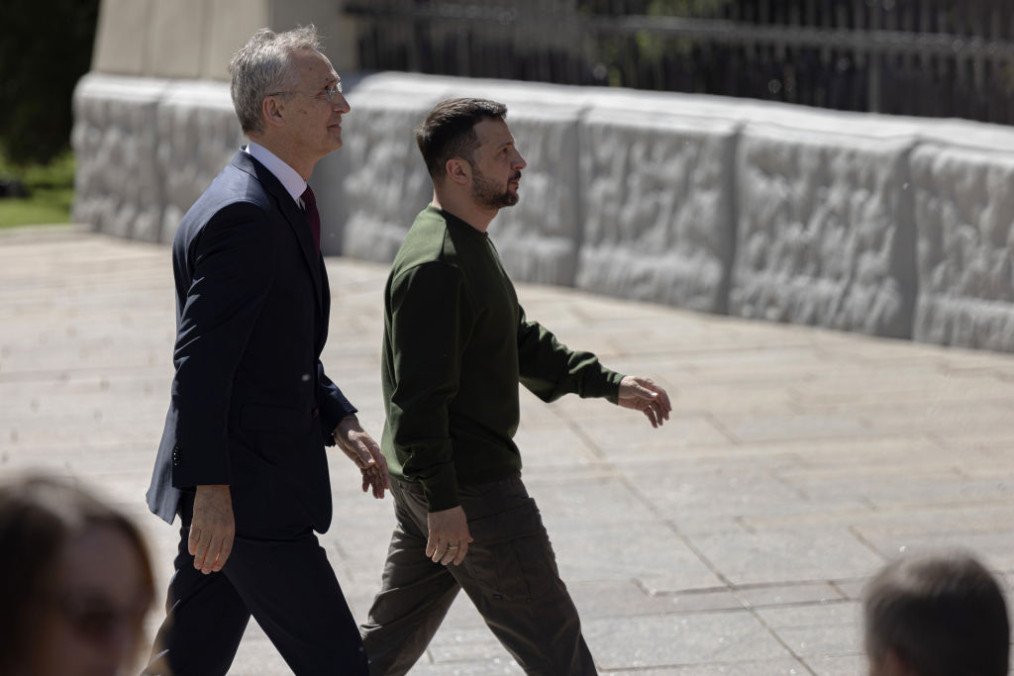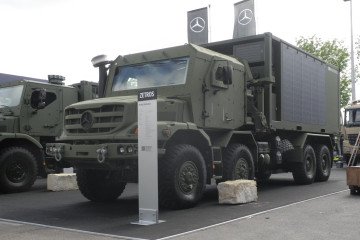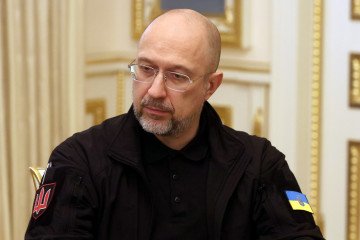- Category
- Latest news
As NATO’s 75th Summit Opens Today, Here’s What This Means for Ukraine

As NATO’s 75th Summit convenes in Washington D.C. on July 9, with the intention of demonstrating alliance solidarity, NATO allies are finalizing language that promises an “irreversible” path to membership for Ukraine, contingent upon meeting specific reform requirements.
Last year’s summit in Lithuania established that Ukraine would eventually join “when Allies agree and conditions are met.” This week, officials anticipate acknowledging that while Ukraine has work to do, continued progress will secure a path forward. NATO Secretary-General Jens Stoltenberg indicated near agreement on the precise wording.
The summit, bringing together leaders from over 32 Western nations including Ukrainian President Volodymyr Zelenskyy, will see NATO announce a new support package. “We are working on the exact language on how to express that Ukraine is going to become a NATO ally, and how we are moving forward,” Stoltenberg said.
Stoltenberg outlined five key components that, according to him, will “constitute a bridge to membership”:
Training for Ukrainians with a command center in Germany and logistical hubs in the alliance’s east. Building on existing efforts, a larger US-led center in Wiesbaden is planned to coordinate aid to Ukraine. It will involve 700 personnel from NATO allies and partners, naming it “NATO’s support to Ukraine in the field of security and training.”
A combined $43 billion minimum military aid pledge for the next year. NATO allies have agreed to commit €40 billion ($43 billion) annually to support Ukraine’s military efforts. As part of this plan, NATO will assume a central role in coordinating international arms deliveries for Ukraine moving forward.
Increased weapons, ammunition, and air defense capabilities. The US is working to make Ukraine “NATO-ready” through long-term military support. This includes building a stronger army, improving air defense systems, and fostering a self-sufficient arms industry. The ultimate goal is for Ukraine to seamlessly join NATO when all members are on board.
Bilateral security agreements like the recent 10-year US pact. Ahead of his visit to Washington, President Zelenskyy signed another 10-year agreement with Poland, adding to a growing number of such pacts.
Programs to enhance Ukraine’s military interoperability with NATO. Since the NATO Summit in Warsaw in July 2016, NATO’s practical support for Ukraine is set out in the Comprehensive Assistance Package (CAP) for Ukraine. At the 2023 Vilnius Summit, Allies agreed to further develop the CAP into a multi-year programme of assistance, to help rebuild the Ukrainian security and defence sector and transition Ukraine towards full interoperability with NATO.
Ukraine’s Parliament Speaker, Ruslan Stefanchuk, pleas for more air defense systems, ammunition, and fighter jets on Monday, July 8, during an interview with USA Today, stating: “This is a very powerful package and also the same goes for the bilateral security agreements that Ukraine has already signed with a number of countries,” he said. “But one thing we must understand is that this package needs to be the package that supports Ukraine on its path to joining the NATO, but not as a replacement to joining the NATO.”
Following the Russian illegal invasion of Ukraine, NATO members have made a commitment to increase national defense spending to 2% of GDP within a decade. As a result, a record number of 23 countries are projected to be near the spending target this year, a significant increase from just three a decade ago.
Adding to this trend, NATO allies plan to expand their brigades to an additional 35 to 50 to fully implement it’s new defense plans against potential Russian aggression.
-ba02b3bc86f0b624f99115809a6a34d0.jpg)





